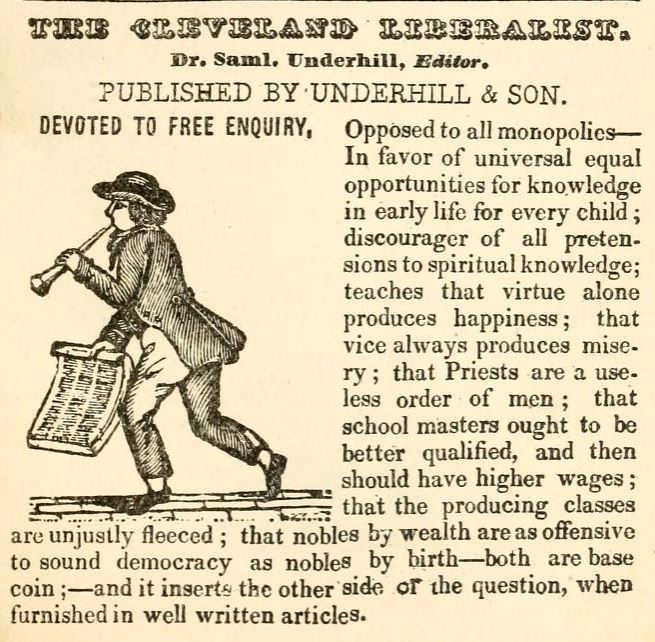Once upon a time, before I really started researching 19th century history, I lumped the entire 19th century into the Victorian era, all about propriety and manners, dominated by “prudish, hypocritical, stuffy, [and] narrow-minded” cultural attitudes (Murfin and Ray 496).
While two-thirds of the 19th century did fall within Queen Victoria’s reign in England (1837-1901), I now know the Victorian America preoccupation involved mainly New England and the Deep South. Most American citizens weren’t about establishing high society. They were on the move, focused on settling lands to the West while ridding the continent of native peoples, on inventions and technological break-throughs that would bring the industrial age to stay.
But at the beginning of the 19th century, the wild experiment called a republican government had just begun. With the signing of the U.S. Constitution into law (the 13th colony, Rhode Island, did so in 1790) the United States of America had embarked on something optimistic, risky, and unprecedented — constitutional rule and a representative government. No sure thing. Many doubted this new republic would succeed. People just couldn’t be trusted to rule themselves.
It seems to me we’ve come to overlook those times, that heady spirit of freedom to make a new day in history. Recently, I came across this sense of freshness and challenge in an ad in the 1837-1838 Directory of Cleveland and Ohio City that renewed my appreciation for those times.

